Mapped, photographed, charted: Best of the Bulletin’s visual storytelling
By Thomas Gaulkin | December 29, 2022

On February 23, the Bulletin published the latest installment of the Nuclear Notebook, our long-running bimonthly assessment of the world’s nuclear arsenals—the headline was “How many nuclear weapons does Russia have in 2022?” The answer: approximately 4,477.
The next day Russia invaded Ukraine. In his February 24 speech announcing the “special military operation,” Vladimir Putin launched the nuclear saber rattling that, like the invasion itself, stunned the world, and prompted an even more alarming question: “How many nuclear weapons will Russia use in 2022?” Thankfully, at publication time, the answer appears to be zero.
But Russia’s invasion has nevertheless exacted a brutal toll on the population of Ukraine, documented in realtime online more thoroughly than any other war in history. In the first hours of the invasion, the Bulletin gathered frightening footage shared on social media of tanks and helicopters rolling in, missiles striking apartment buildings and nuclear plants, and terrified people hiding in underground shelters—some of which may offer evidence of war crimes, and all of which are a sickening reminder of the nature of war in the 21st century.
Compiled February 24, 2022.
Compiled February 27, 2022.
As the war continued, Ukraine’s president Volodymyr Zelensky made daily refusals to surrender in social media posts and speeches to world governments. Once a goofy comedian, Zelensky transformed himself into the world’s most celebrated head of state, garnering millions of shares from followers on Instagram and millions of dollars support from foreign militaries.
From “Zelensky’s journey: A standup comic stands up to Putin.”
In a speech on September 30, Putin said the US bombings of Hiroshima and Nagasaki had “created a precedent,” and later suggested that Russia’s nuclear policy might shift to include preemptive strikes. Experts debated scenarios and probabilities involving tactical nuclear weapons and demonstration strikes in or near Ukraine, while anxieties about Putin breaking the “nuclear taboo” peaked as the 60th anniversary of the Cuban missile crisis sailed by.
To drive home the reality that any nuclear attack could bring about permanent global destruction, associate editor Francois Diaz-Maurin and I drew on decades of research in atmospheric, climate, and agricultural science to present a detailed timeline of the apocalyptic impacts of even a small nuclear war. Among the half-million views the story received within days, we hope a few came from the desks of those running the world’s nine nuclear states.
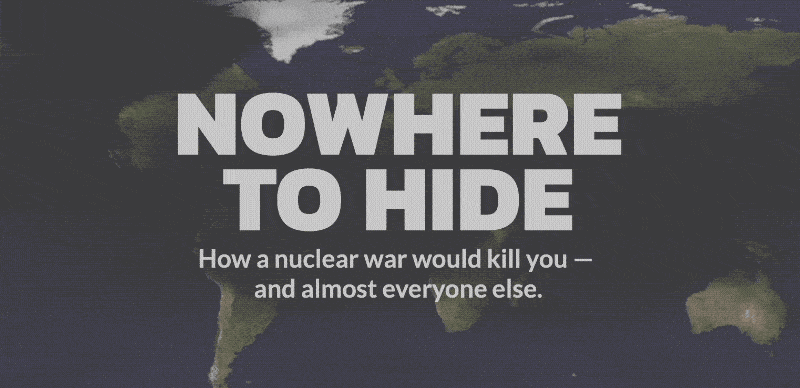
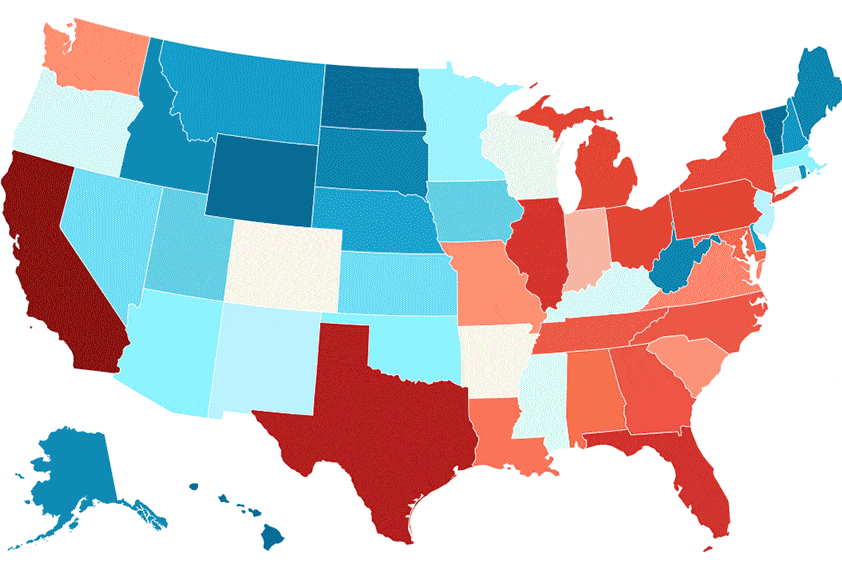
This year the Bulletin put new emphasis on storytelling using data graphics and maps. Among the many topics we mapped: Russia’s radioactive wrecks, the surprising longevity of the United States’ coal plants, and the underreported intersection of climate change and geopolitics in the deadly food crisis in the Horn of Africa.
Our most substantial map effort in 2022 came toward the end of the year, with the relaunch of the Global Biolabs map project. The Bulletin’s new associate multimedia editor Erik English worked with biosecurity experts to refine and present this permanent resource that details the locations and activities of the most secure bio-research facilities around the world. These are the places that could stop—or start—another pandemic, and everyone should know where they are and what they do.
The relaunch event for the Global Biolabs project.
Erik also helped push the Bulletin’s multimedia storytelling forward with his treatment for Paul Tullis’ excellent investigation of the threat of an avian flu outbreak beginning in the Netherlands. Combining rich photography, dynamic graphics, and a map in an elegant layout, this piece made clear that visual, magazine-quality storytelling is at the Bulletin to stay.
As unprecedented heatwaves rolled around the world this summer, my colleague and climate editor Jessica McKenzie put together a series on the science of coping with the deadly effects of extreme temperature. Original maps, charts, and illustrations all contributed to telling the story of surviving the planet’s overheated future.
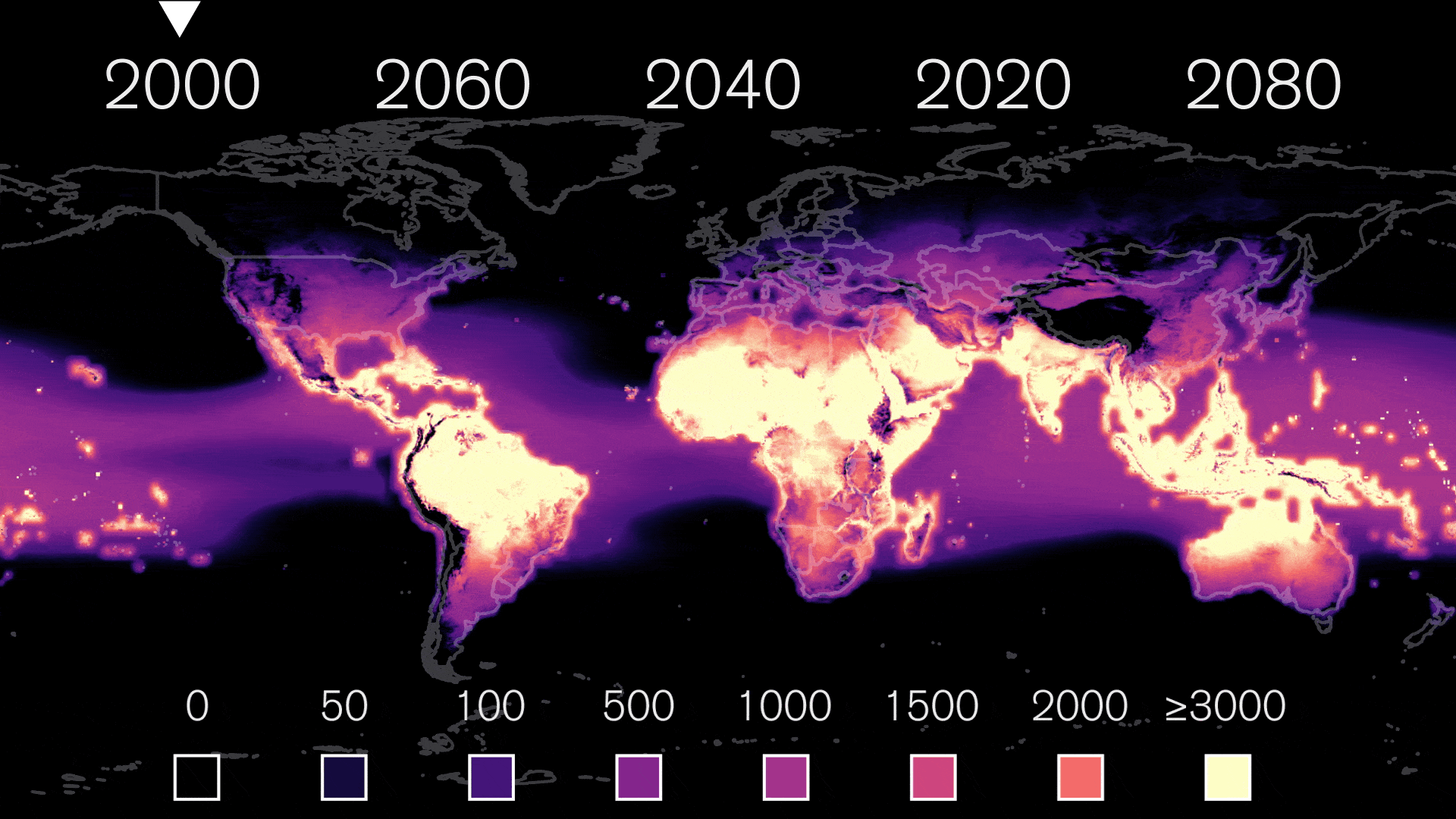
Jessica also contributed my favorite piece I worked on this year, a special report on the Nevada face-off between giant geothermal power systems and endangered species. This is a story about a unique place on Earth and what it can tell us about some of the challenges facing renewable energy, and it unfolds as Jessica’s reporting weaves through a feast of vivid photography, diagrams, and charts. This tale about a tiny toad packs a big visual punch.
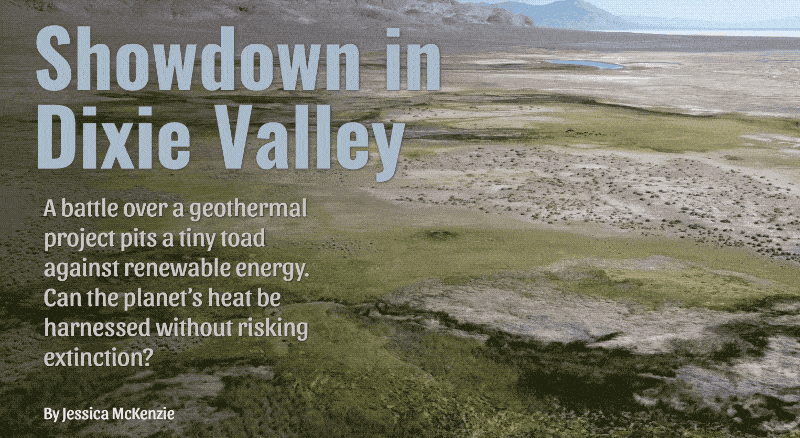
It’s never good to end a year irresolutely—but the rise of AI art and language systems in the last few months of 2022 brought an ambivalent mix of pleasure and despair to many people who, like me, make a living working with images. To assess the seriousness of their emergence in a serious way, the Bulletin’s disruptive technologies editor Sara Goudarzi brought together expert perspectives on the “ethical, economic, and artistic implications of art created by intelligent machines.” We had OpenAI’s DALL-E generate the lead images for the package. The quality of AI-generated pictures may forever remain in the eye of the beholder, but the threat that AI poses to society looks like something humans need to reach consensus about sooner than later.
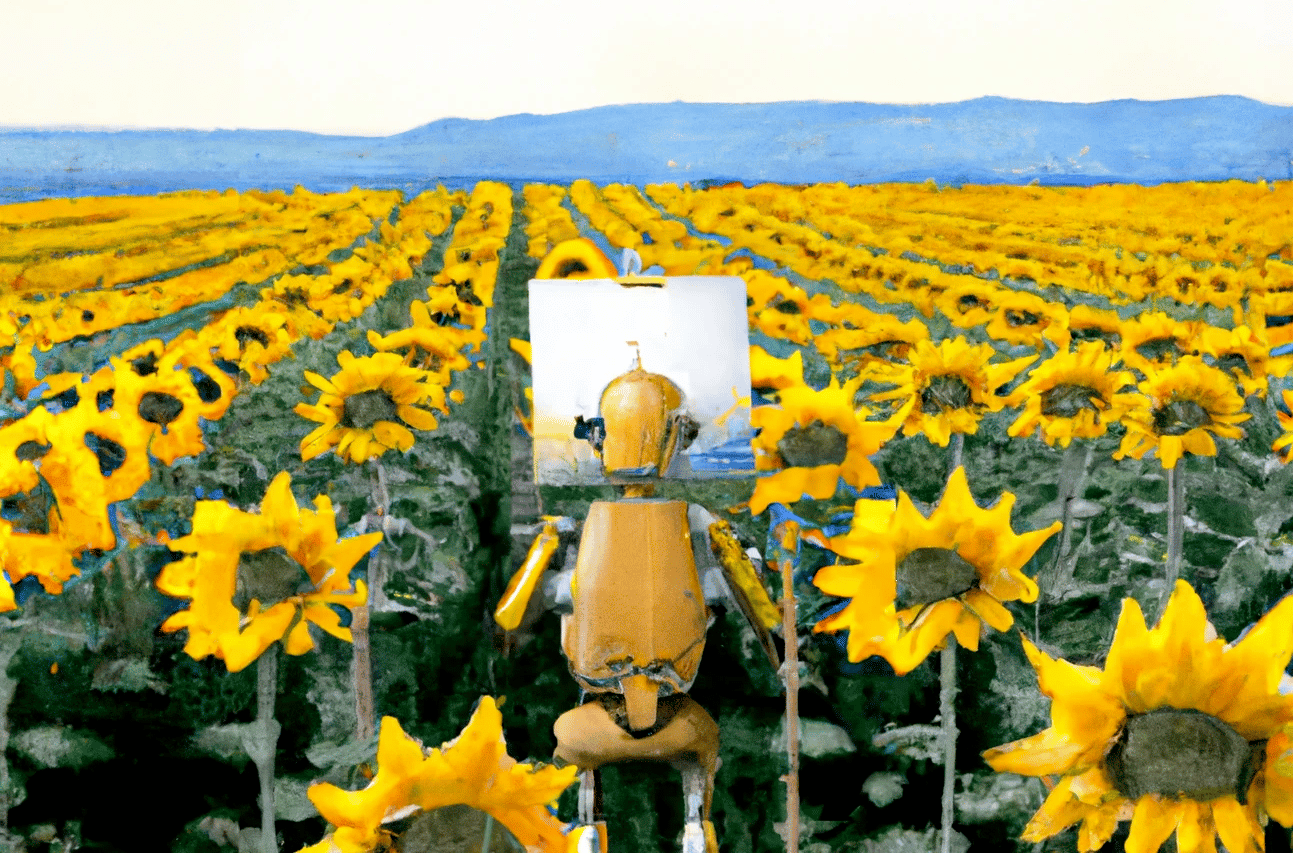
At least for now, the covers of the Bulletin’s online magazine are still generated by a human: me.

Together, we make the world safer.
The Bulletin elevates expert voices above the noise. But as an independent nonprofit organization, our operations depend on the support of readers like you. Help us continue to deliver quality journalism that holds leaders accountable. Your support of our work at any level is important. In return, we promise our coverage will be understandable, influential, vigilant, solution-oriented, and fair-minded. Together we can make a difference.














